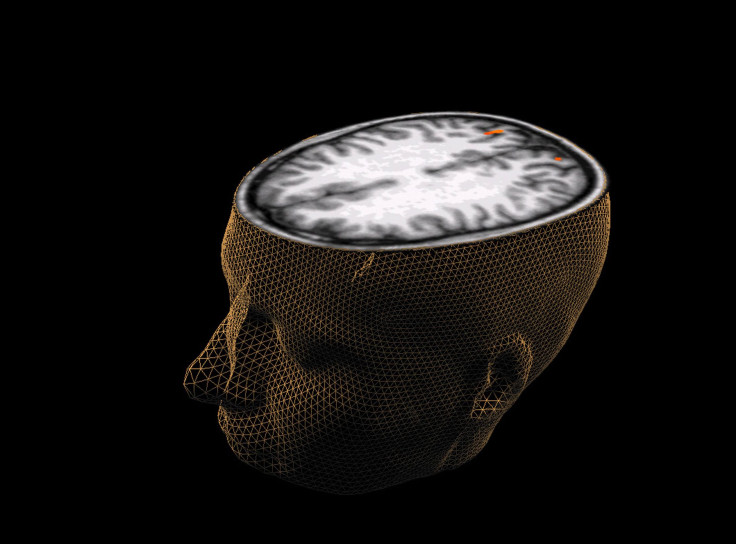Scientists Explain the Mystery of Aging Brain

Scientists have now discovered a mechanism that explains how the cells in the brain age. New research suggests that the neurons follow the same death pattern as the cells on the skin, the senescing fibroblasts, that are known to repair wounds.
Senescent cells are the "rotten apple in a basket," a press release from new Castle University explains. These cells, under stress due to DNA damage, release many dangerous molecules like oxygen-free radicals and markers that signal the start of an inflammation.
These substances then start damaging other cells in the vicinity, leading to cell-cycle arrest known as cell senescence. This pathway stems the cell's ability to divide and regulates cell growth. Previously, it was thought that this mechanism didn't occur in neurons because these cells did not proliferate and would therefore follow a different pathway of cell death.
However, the present study says that neurons too follow the same mechanism as senescing fibroblasts. The research was conducted on a colony of aged mice at Newcastle University.
"We will now need to find out whether the same mechanisms we detected in mouse brains are also associated with brain ageing and cognitive loss in humans. We might have opened up a short-cut towards understanding brain ageing, should that be the case," Professor von Zglinicki, professor of Cellular Gerontology at the Newcastle University, said.
"It was absolutely fascinating to see how ageing processes that we always thought of as completely separate turned out to be identical. Suddenly so much disparate knowledge came together and made sense," Dr. Diana Jurk, who did most of this work during her PhD program in the von Zglinicki group, said in a press release.
The researchers say that the study will help understand the reasons for the conditions associated with the aging of the brain cells, like dementia and Parkinson's disease.
The research was published in the journal Aging Cell.
Published by Medicaldaily.com



























